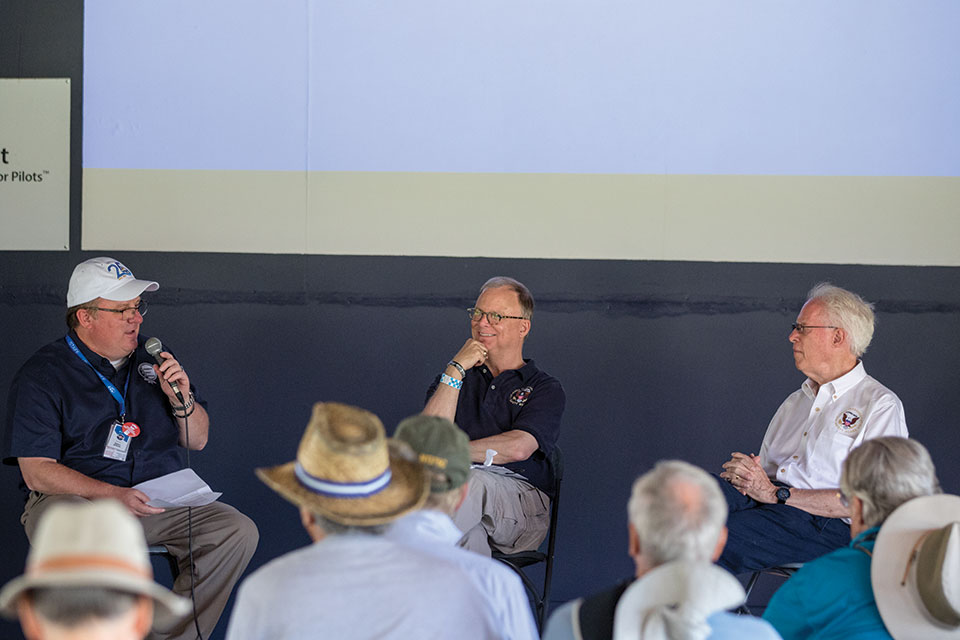NTSB Urges Pilots to Learn From Accidents to Prevent Reoccurrences
By Megan Esau
July 27, 2017 - Acting NTSB Chairman Robert Sumwalt, along with NTSB board member Earl Weener and EAA Vice President of Advocacy and Safety Sean Elliott, spoke about the investigation process and accident rates on Friday at EAA AirVenture Oshkosh.
Sumwalt said he wants people to understand that the NTSB’s main goal is to take tragic accidents and learn from them.
“[The accident investigators] want to go in and they want to document the factual evidence, the perishable evidence — the information that will go away with the passage of time,” he said. “The scar marks, the witness marks, the layout of the wreckage. … They do everything they need to do to accurately analyze the facts, and then come up with recommendations that can prevent the accident from happening again.”
A number of positive outcomes have come from NTSB recommendations. For example, after a 2012 study on experimental amateur-built accidents, the NTSB made a number of recommendations to both the FAA and EAA. The organizations subsequently worked together to introduce the Additional Pilot Program, which allows a second pilot to be in the cockpit during Phase 1 flight testing in homebuilt aircraft.
EAA and the FAA now hope to introduce what it believes is the next step, task-based flight testing and the development of pilot’s operating handbooks for homebuilts, by AirVenture 2018.
“Holistically speaking, if those recommendations are implemented, I am confident that we can really drive those accident numbers down,” Sumwalt said.
Though the general aviation community has observed a decline in the number of experimental amateur-built aircraft accidents in recent years, Sumwalt believes it can further improve by continuing to learn from accidents and subsequently introduce safety-enhancing measures.
“I’ve heard this week from EAA officials, and I’ve heard in the past from AOPA officials that we’re certainly doing better,” he said. “The accident rate is down. But that’s it. Just doing better isn’t cutting it. The goal has to be zero. Is one accident acceptable? No. … That’s the challenge. Don’t say we’re doing better. Make it better.”

